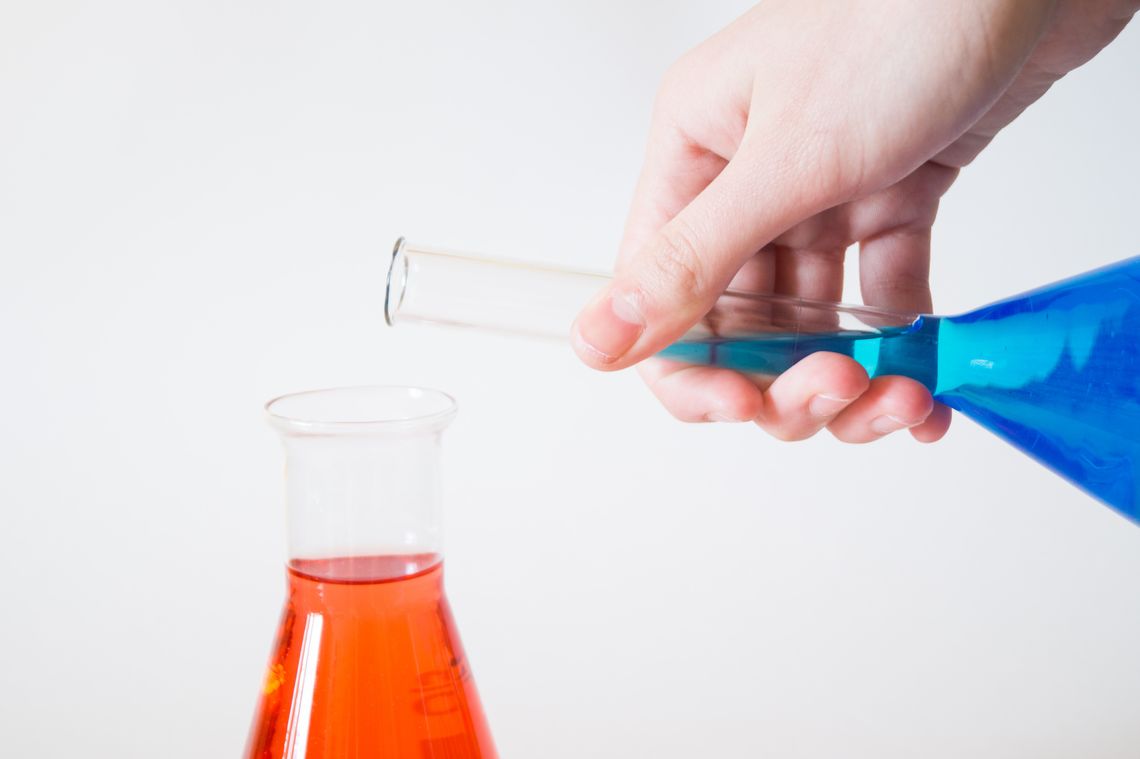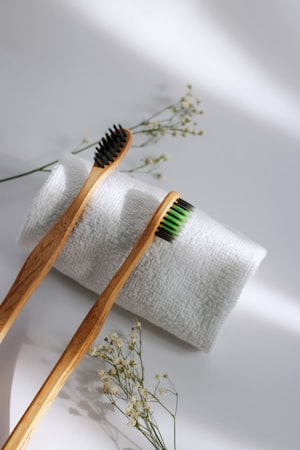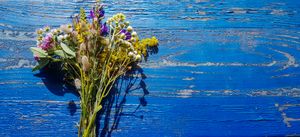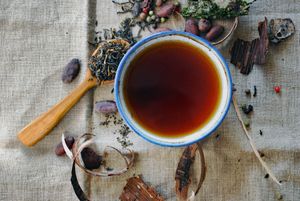
Recommendations for preparing simple pharmaceutical
Recommendations for preparing simple pharmaceutical forms using medicinal plants:
Maceration is the simplest aqueous extract obtained from plants at room temperature. This process is recommended for species containing cold-extractable principles, such as Marshmallow, Flaxseed, Mistletoe, etc. The plant material is kept in contact with the prescribed amount of potable water for 1-12 hours, agitating occasionally. It is then filtered through a cloth and administered on the same day.
Infusion is usually prepared from flowers or plant parts with fragile tissues. The fragmented plant material is moistened with three parts water, left to rest for 5 minutes, then brought to a boil in an enamel pot with water, covered with a lid. The pot is kept on a low heat bath for 5 minutes, then left to rest for 15-30 minutes. It is filtered through a cloth that is gently squeezed.
Decoction is another aqueous extract obtained from fragmented plant material, moistened as in the case of infusion, but kept at boiling point with the prescribed amount of water for 30 minutes on a low heat or water bath. The resulting aqueous extract is filtered while still hot, and then hot water is added to the plant material to make up for any evaporation losses. This process is particularly used for plant materials with hard consistency, such as roots, barks, some fruits, and seeds.
All of these types of aqueous extracts are prepared for a maximum of one day and administered sweetened with honey or sugar, unsweetened or sweetened with saccharin or cyclamate in the case of diabetics or those suffering from diarrhea.
Tincture is a hydroalcoholic extract obtained at room temperature. In home medicine, this pharmaceutical form is usually obtained by macerating the plant material in 40-70% diluted ethyl alcohol for about 7 days, followed by filtration. It is administered as drops in a little water.
Syrup, which is part of the category of aqueous extractive solutions, is obtained from macerates, infusions, decoctions, or plant juices to which at least 60% sugar is added to ensure good preservation over time. Tinctures or other medicinal substances that increase their efficiency can be added to syrups.
Medicinal wine is a pharmaceutical form obtained from fragmented plant material macerated in wine. It is intended for internal use, especially for stimulating appetite and is administered 30 minutes before meals. It is not recommended for those with hyperacid gastritis, hypertension, or liver disease. It is not administered to children.
Inhalation is obtained from medicinal plants rich in volatile oils or even from volatile oils placed in porcelain or small enamelware vessels, over which a certain amount of boiling water is added. Water vapor saturated with volatile oils acts when inhaled in the respiratory tract.
Gargles are prepared as an infusion or decoction of plants and used as a gargle in stomatitis, aphthae, tonsillitis, dental abscesses, etc.
Cataplasms, poultices, or compresses are intended for external use and are obtained from various aqueous or hydroalcoholic extractive solutions, which are then absorbed into a clean cotton or cloth. The poultice is applied directly to the skin to obtain a revulsive, emollient, or anti-inflammatory effect. Some cosmetic masks are also applied in this way.
Herbal baths, also known as balneotherapy, involve soaking your body in a tub filled with water infused with fragrant and healing plant extracts. To prepare an herbal bath, you'll need to gather your desired herbs and put them in a double-layered cheesecloth bag. Then, boil the bag in 3-5 liters of water for 10-30 minutes over low heat, and add the resulting decoction to your bathwater at a suitable temperature. Some herbs that are commonly used in herbal baths include lavender, chamomile, calendula, rose petals, and eucalyptus. Herbal baths can help to relax your muscles, relieve stress, improve circulation, and alleviate skin conditions such as eczema or psoriasis.
Local baths are similar to herbal baths, but they use smaller amounts of water and are focused on specific body parts. For example, you can prepare a local bath for a foot soak or a sitz bath to treat hemorrhoids or other infections. The preparation process is the same as for herbal baths, but you'll need less water and smaller bags of herbs. Local baths can help to reduce inflammation, soothe sore muscles, and promote wound healing.
Aromatic vinegars are made by macerating herbs in wine vinegar for a week or more, then filtering and pressing the resulting mixture. It is prepared by macerating the plants in wine vinegar, in the amount of 50-100 g of chopped plants per 1 liter of vinegar. The maceration time is 7-8 days, after which it is filtered through cheesecloth, and at the end, the content of the cheesecloth is pressed . Aromatic vinegars are used as rubs.
Medicinal oils are made by macerating the plants in edible oil for 4-6 weeks. This is how St. John's wort, Chamomile or other plant oils are prepared. They are used for hard-to-heal wounds and burns.
In conclusion, using medicinal plants in external applications such as herbal baths, local baths, aromatic vinegars, and medicinal oils can be a safe and effective way to promote skin health and relaxation. However, it's important to consult with a healthcare professional or a qualified herbalist before using any new herbal remedies, especially if you have any pre-existing medical conditions or are taking medications.



